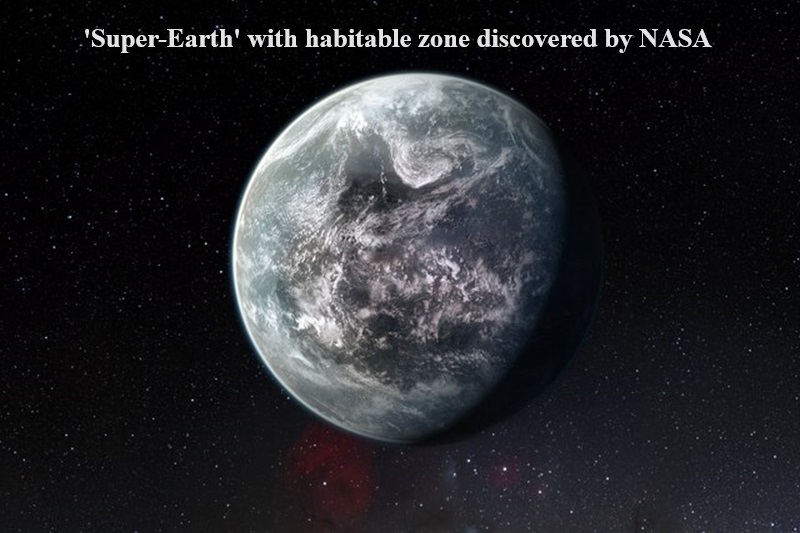
As the Earth continues to deplete its finite resources and years, scientists have been actively searching for alternative habitable environments where humanity could thrive and potentially avoid extinction if our home planet becomes uninhabitable.
In a groundbreaking discovery, NASA has announced the identification of a “super-Earth” with conditions and temperatures conducive to supporting life. This newly found exoplanet, named TOI-715b, orbits a small, reddish star located approximately 137 light years away from Earth. Remarkably, it resides within the “habitable zone” of its host star, a region where conditions are suitable for liquid water to exist on the planet’s surface.
According to NASA, TOI-715b is roughly one and a half times the width of Earth, making it a promising candidate for potential habitability. Moreover, the same stellar system may harbor another Earth-sized planet, which, if confirmed, would represent the smallest exoplanet discovered by NASA’s Transiting Exoplanet Survey Satellite (TESS) within a habitable zone.
Due to its distance from the parent star, TOI-715b has the potential to maintain a temperate climate conducive to liquid water formation—an essential ingredient for supporting life as we know it. However, NASA cautions that several other factors must align for the planet to sustain life.
NASA’s conservative estimates of the habitable zone, which provide a narrower and potentially more robust definition than the broader “optimistic” habitable zone, place TOI-715b in an advantageous position relative to its host star. Similarly, the smaller Earth-sized planet within the same stellar system is also likely to fall within a conservative habitable zone, further enhancing the prospects for habitability within this intriguing exoplanetary system.

Post Your Comments